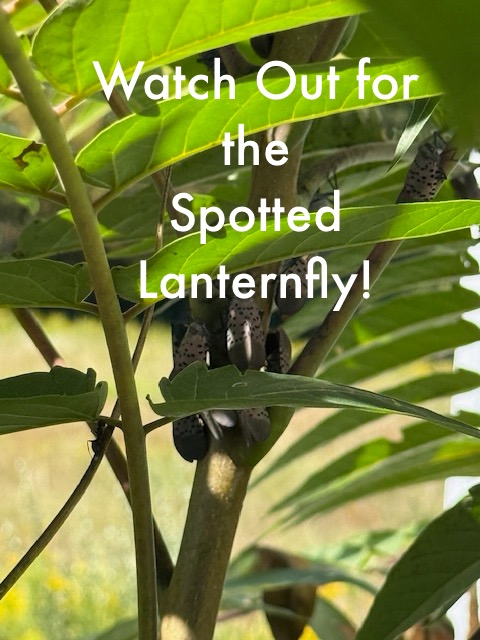
It’s been a truly beautiful summer – none of the flooding we had last year, with lots of sun and humidity that was not too awful. Fall is off to a good start, as well. We have mornings and evenings with warm afternoons and sun, pumpkins gracing porches, and leaves are starting to change. The Autumn season is one of the most beautiful times of the year here on the east coast, especially in Connecticut! But there is something else that has everyone I know all abuzz!
Gardening has always been in my blood, from when I was a child and spent hours next to my Daddy, planting trees, vegetables and flowers, and inspired by my mama’s seasonal plants in pots. As an adult, I became a certified Master Gardener through the University of Connecticut extension in 2015, and then an Advanced Master Gardener in 2017. Since then, I speak to schools, Garden Clubs and other organizations on many different subjects of gardening.
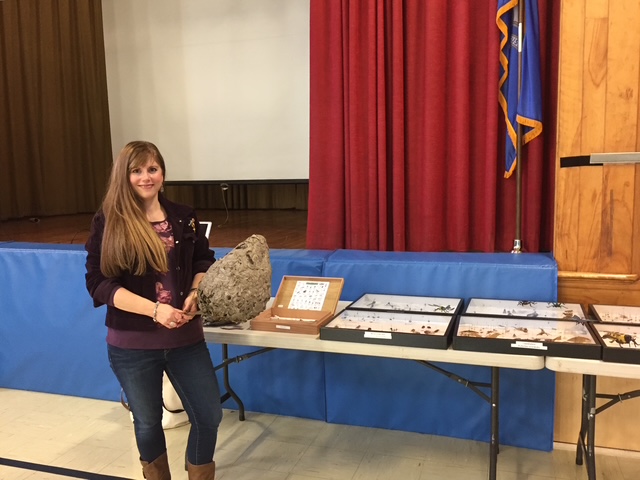
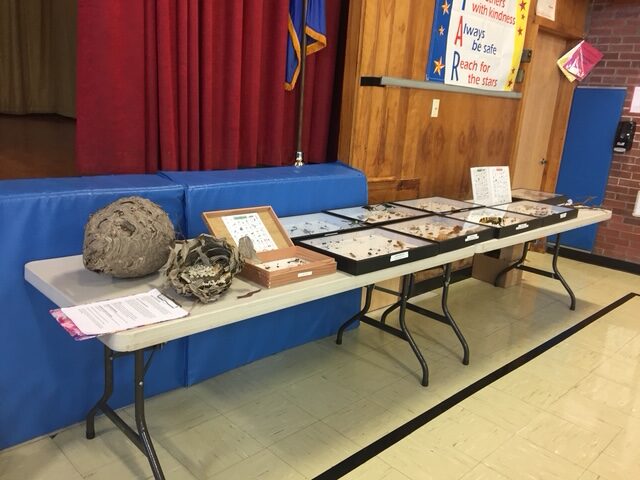
Since 2016, my “pet project” has been insects – identifying, labeling, and pinning, under glass, insects that are found in our area, for the extension office. These are used to help identify pests on plants that residents bring in, or for education purposes. While I am not an entomologist, I am so proud of my years of volunteer work on the insect boxes, and have learned so much in the process!
I love speaking to Garden clubs. I meet so many nice people, who all love gardening. This year, however, most of the questions I have been asked lately are about a dreaded pest, the Spotted Lanternfly, Lycorma deliculata, that has been making its way across the United States. If you have not seen them in your area, that’s a good thing, but everyone should be aware, as these invasive insects are quickly being found in more areas than ever. Even as I write this, my plans today have changed due to these insects. My daughter and I were planning on a “last bit of summer beach trip” today, heading to our favorite beach for an hour or two. We decided last minute not to go, due to a post on a local Facebook group on how all the Connecticut beaches right now are literally covered in Spotted lanternflies, divebombing and flying all over beachgoers. That sounds more like a horror movie to me, than a relaxing beach day.
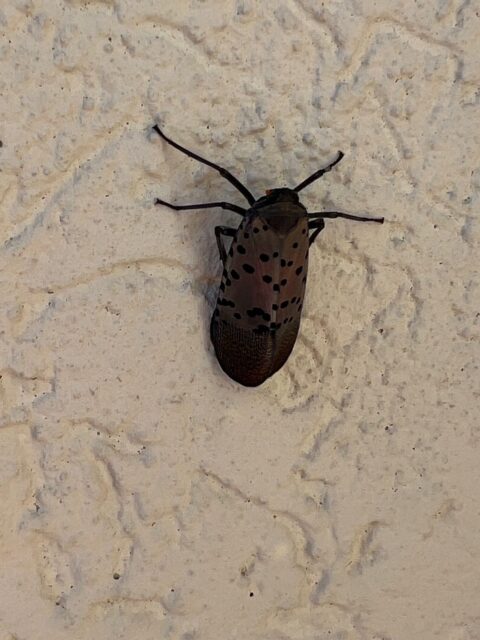
Originally from Asia, the Spotted Lanternfly was first spotted (pardon the pun) in the USA in Pennsylvania in 2014. While I personally saw and reported my first sighting along the coast two years ago, this year was my first summer seeing them in my hometown. Last fall, on a day trip to the Poconos in Pennsylvania to visit my friend, Robin, we were shocked and disgusted as we walked the sidewalk, as they were so numerous on the ground. We smashed as many as we could, and made sure to wash and inspect our vehicle before returning home to help stop the spread.
Spotted Lanternfly is a large planthopper insect with four life stages. Full grown, it is colorful, even pretty…with dark grey spotted wings that when opened have showy crimson red and white underneath. Behind their beauty is an ugly truth. They are invasive, with the ability to wreak havoc on all sorts of trees and crops across the country. Think of them as a giant aphid. FORTY SEVEN forest trees are in danger from these bugs. SEVENTY species of plants are fed on by these creatures.They destroy grape vines (vineyards could be in peril, for example), stone fruits, ornamental plantings, and can decimate vegetable crops. To add insult to injury, they also leave sticky honeydew fungus behind.
While they are not a threat to humans or animals (they can’t bite or sting), the impact these pests can have is bad. While I don’t want to be the “Grim Reaper of Gardening”, we ALL need to be aware of these pests.
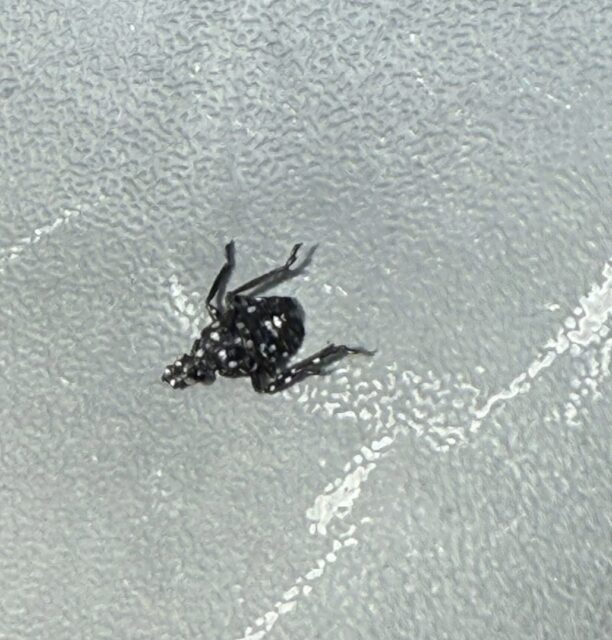
They are great climbers at all stages, including the early nymph stage, found in the spring and early summer, where they resemble a spotty weevil. At the nymph stage, they are black with white spots, eventually later turning red with white spots and black stripes, and then finally becoming the adult winged insect that many people think resembles a moth.
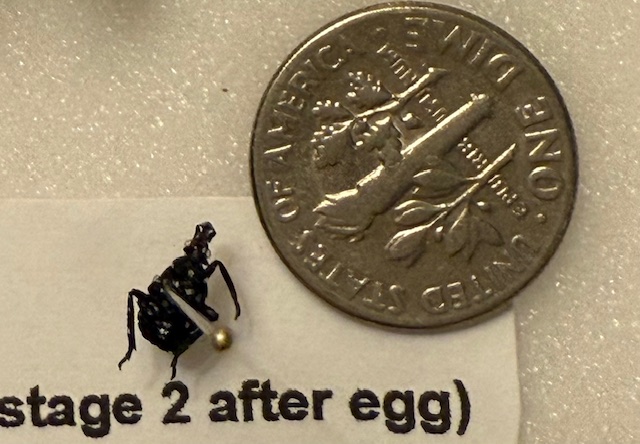
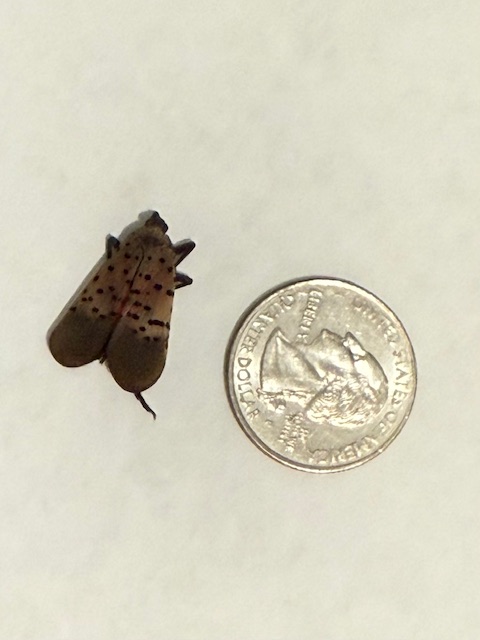
The plant, Tree of Heaven (which was once a very popular landscaping plant, but is now on the invasive list), is their host plant of choice. When I was the guest speaker at a garden club recently, there was a Tree of Heaven, right outside the back door of the meeting place, covered in Spotted Lanternflies.
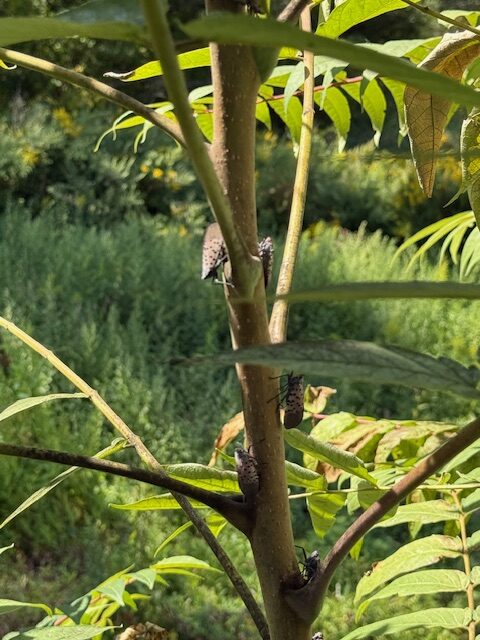
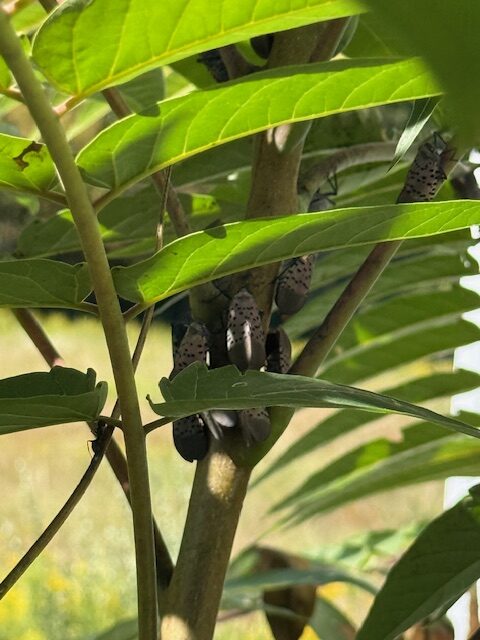
While the Tree of Heaven is the preferred host plant of choice for these little devils, they do not NEED one to reproduce or lay their eggs, which are laid in masses. Spotted Lanternflies can lay their eggs on just about any hard surface, including trees, large rocks, the sides of buildings, or other hard objects. Removing this invasive tree helps stop the spread. (Difficult for many gardeners to hear, I know, as it is beautiful in the fall when the leaves are scarlet red).
What can you do if YOU see them? With voracious appetites and compound eyes that see well and behind, they don’t fly well but can hop far and fast. They can evade swatting like when a human swats a housefly. Squash, squash, squash, crush, or scrape the buggers into hand sanitizer (it kills them). Destroy reachable egg masses (many are going to be too high up to safely get) by using a hard scraper like an old credit card or a paint scraper, scraping into Ziploc bags of alcohol or hand sanitizer and destroying.
Inspect garden tables and chairs, barbeque pits and other hard objects before storing for the winter, to make sure they are free of any egg masses, which also have several stages and can look differently depending on the “age” of the mass. Scrape off any egg masses you find. Unfortunately, using a hose or powerwasher will not do the trick.
Don’t panic – DO NOT SPRAY everything with insecticides at first sight. Many times, home gardeners overspray insecticides, which kills off the “good” insects, our beneficials, and can create greater numbers of the insects we don’t want. Nature does tend to take care of itself, and migratory birds such as robins have been seen eating them. Beneficial insects such as spiders, the praying mantis, and yellow jackets also feed on them. My daughter and I recently witnessed a yellow jacket devour a live spotted lanternfly in the driveway when we went on a walk.
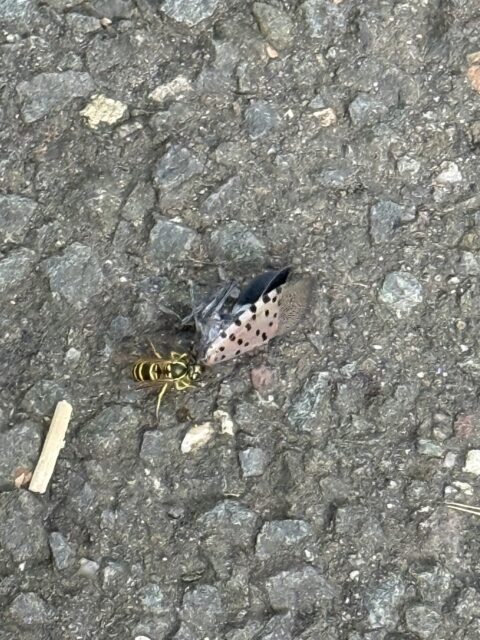
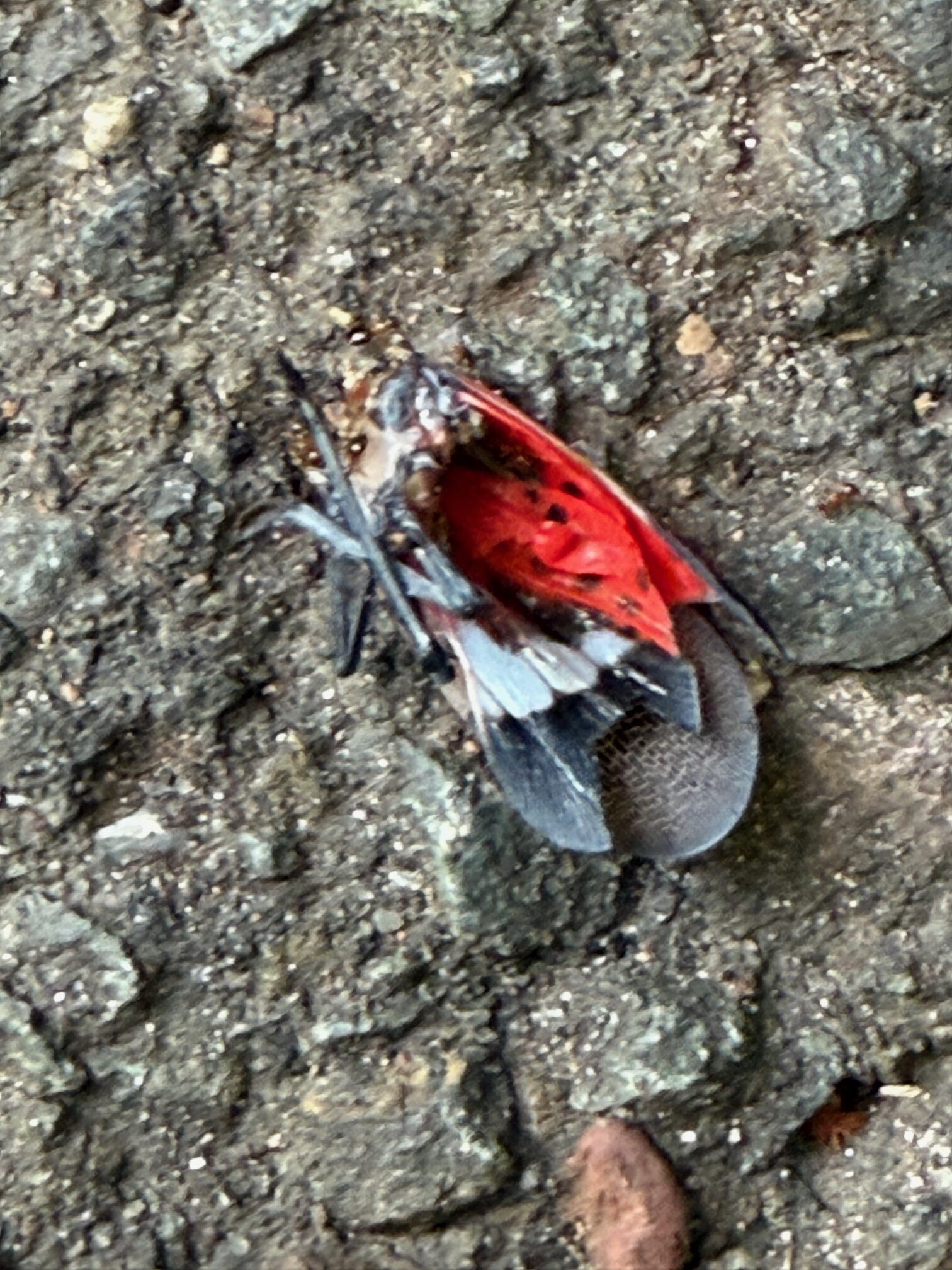
Unfortunately, there is no “one size fits all” means of removal of Spotted Lanternflies recommended at this time. If you do have an extreme infestation, insecticidal soap is an option. Neem oil has also been listed to work on the insects (not the eggs), but follow the directions, don’t overuse it, and spray it in the early morning or late evening, when beneficials are not as active. (Neem is also anti-fungal). Also, avoid “homemade” concoctions. While as a farmgirl, I am all for homemade in almost everything, when it comes to gardening and using any type of spray outside, I only advocate using store bought, and following the directions. You can actually harm the environment, kill your plants, or break the law by making homemade gardening concoctions. Many recipes for “insecticidal soap”, for example, use dish soap as a basis, which has degreasers which can kill your plants.
Check your local DEEP websites, your local Master Gardener extensions, and rely on websites ending in “.edu” for the most up to date and accurate information. For example, researchers at the Penn State extension recently debunked the popular myth that milkweed is toxic to the SLF. While aiding monarchs, milkweed has no effect on Spotted Lanternflies.
Noticing our outdoor surroundings and doing what we can is what we can do for now to stop the spread and reduce their numbers. Don’t let them spoil your fall, just keep your eyes open and be aware that this pest may be around.
Tell me, have YOU seen them in your area? What insects or weeds are YOUR biggest concern right now? Tell me about it, or just say hello by leaving me a comment below!



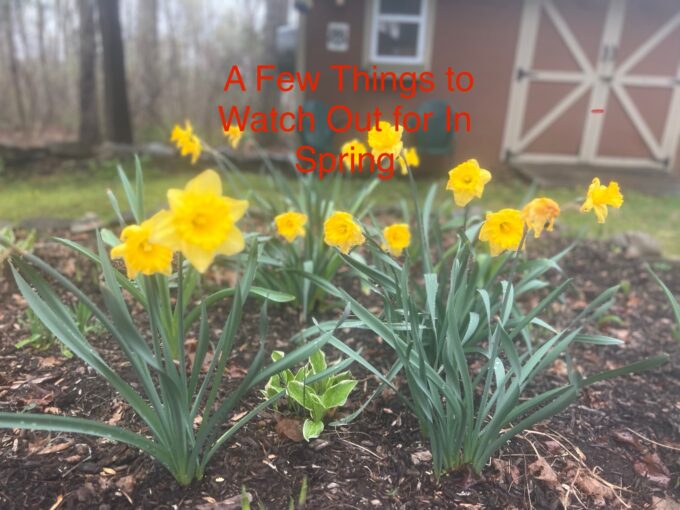
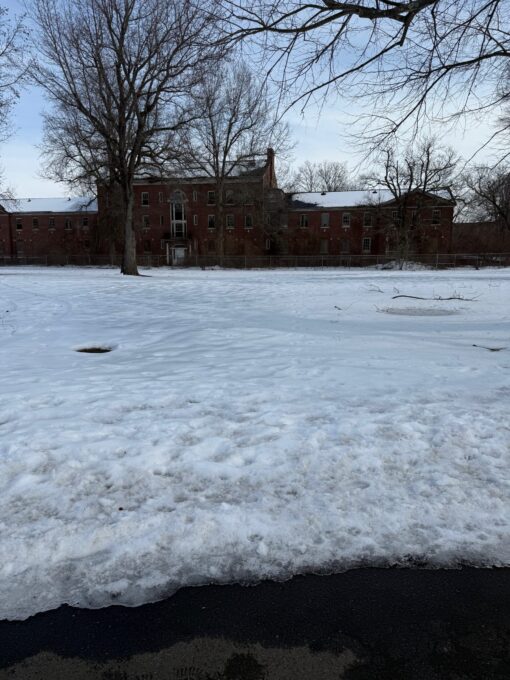
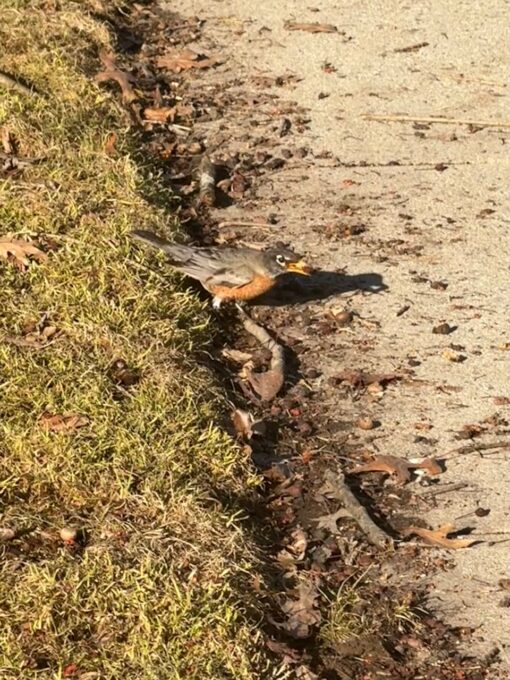
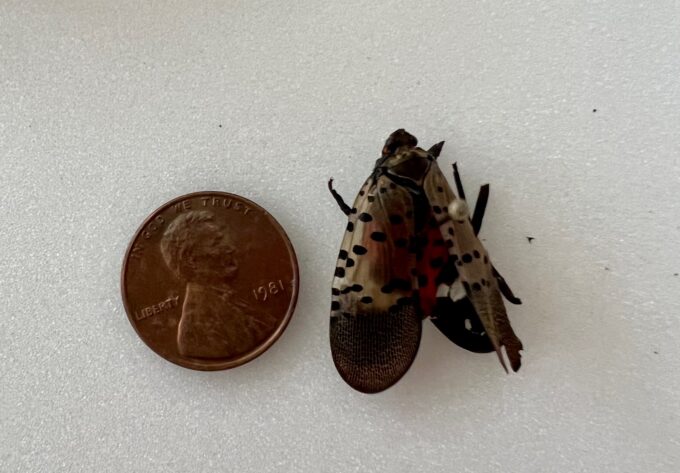
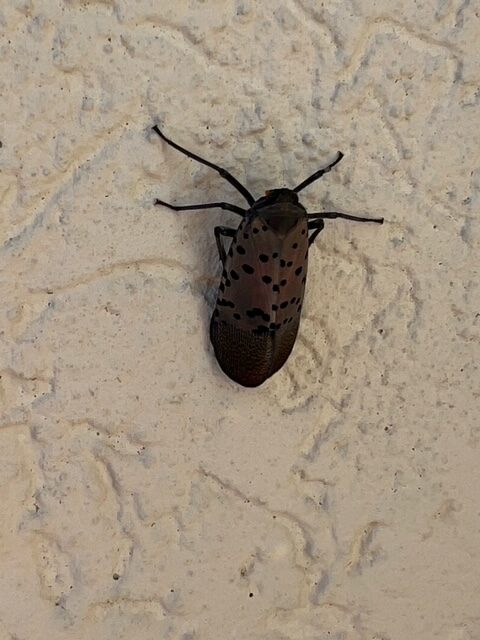
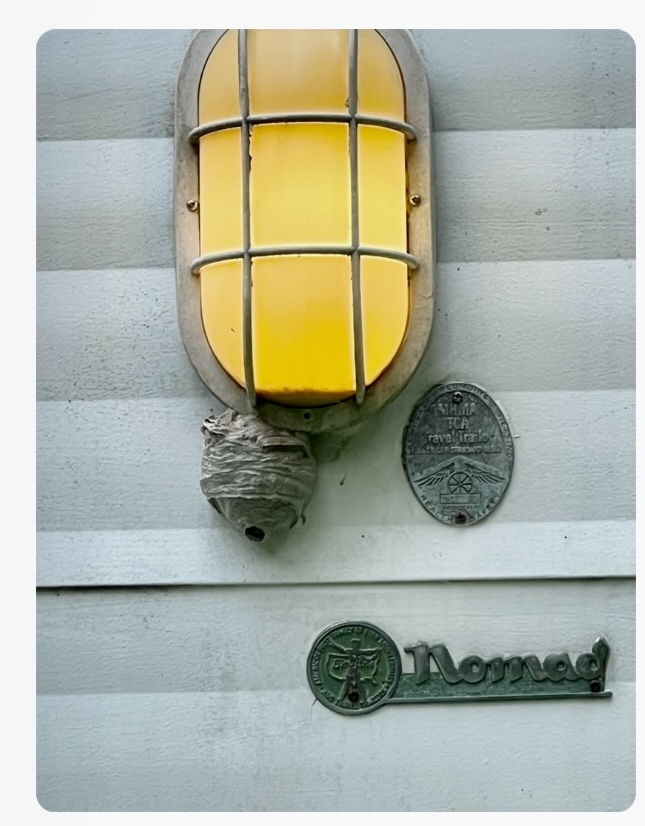
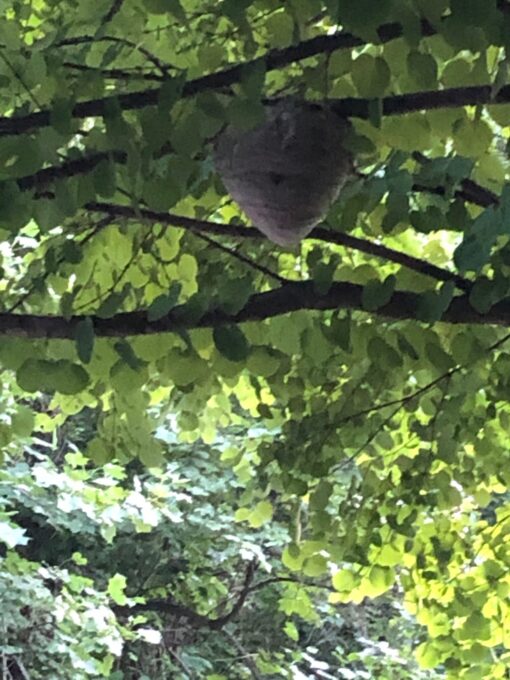
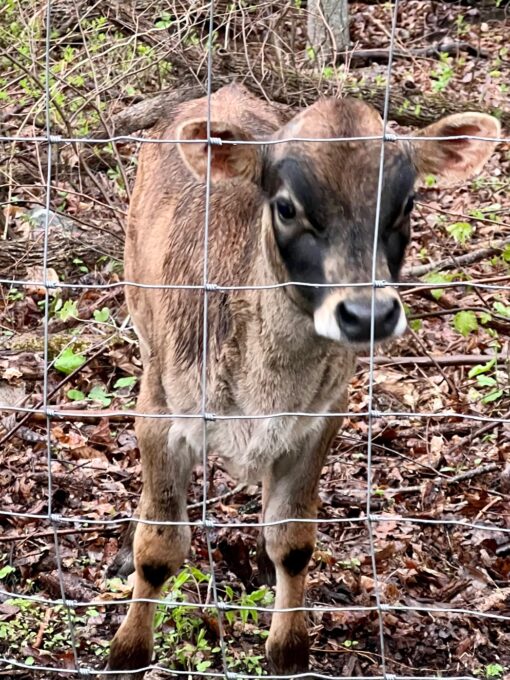
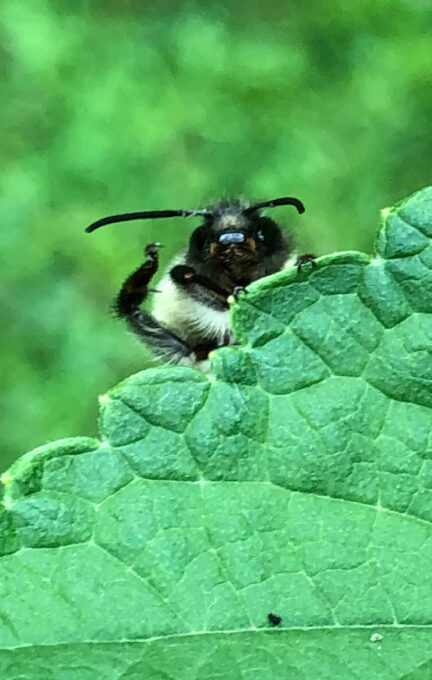
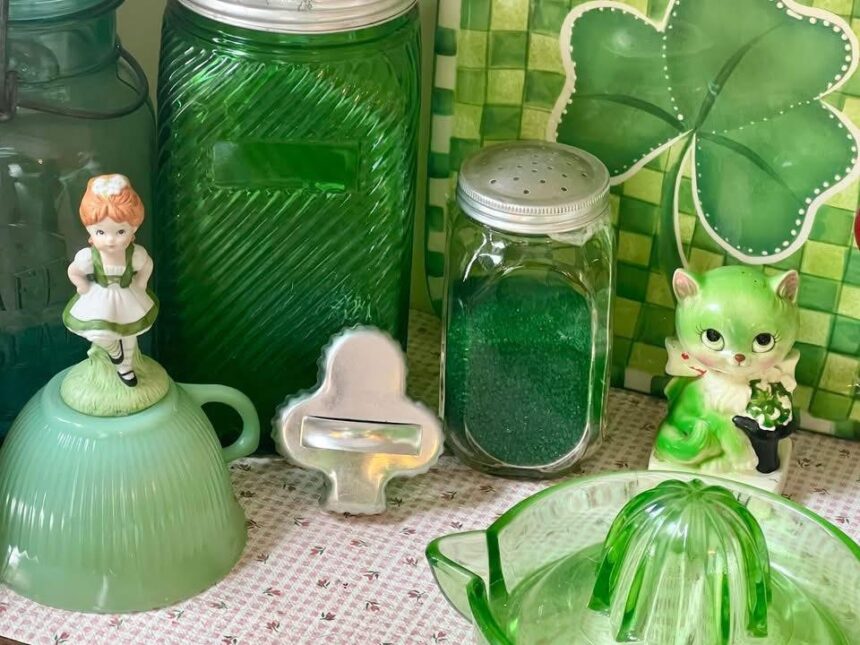









Weekly Blogs and Recipes